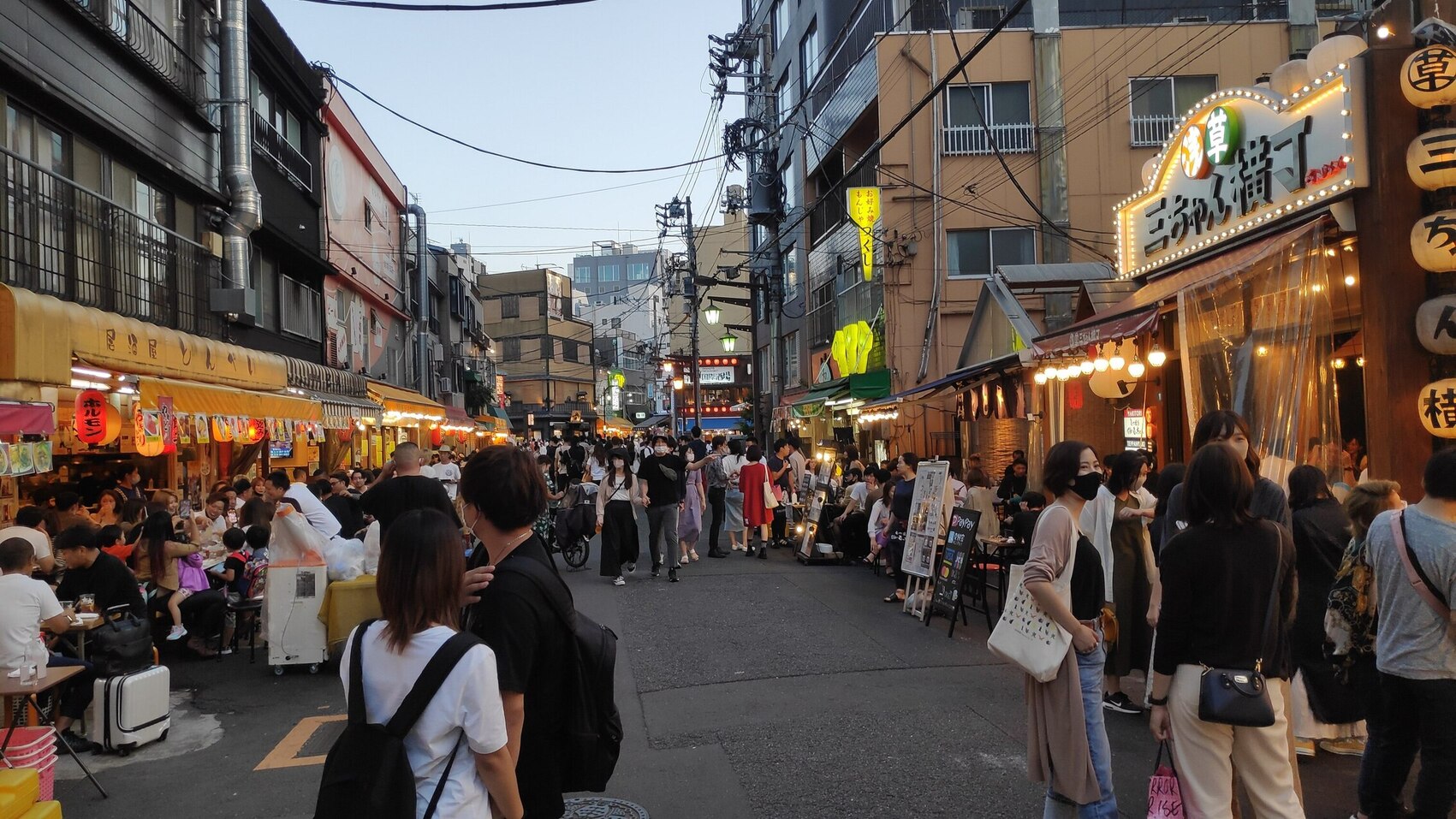
What is the punctuation like in Japanese?
Two main punctuation marks and their names
There are two main types of the punctuation in Japanese.
They are :
。 : 読点 (touten), colloquially called 丸 (maru)
、 : 句点 (kuten), colloquially called 点 (ten)
*We call them together 句読点 (kutouten)
Maru
。 (maru) is the period like “.”.
So it is used to indicate the end of a sentence end.
And the most common mistake that Japanese learners make is to write “.” instead of “。”.
Remember that theJapanese “。” (maru) is aCIRCLE.
*Maru actually means a circle in Japanese.
e.g.
おはようございます。
Ohayou gozaimasu.
Good morning
Ten
、(ten) is written like a comma and is used mainly for 4 occasions :
- After the sentence
- To clarify the meaning of a sentence
- When several words or phrases describe a noun
- After the subject, when a long phrase follows before the predicate
After the proposition
The proposition is a word that connects phrases such as “and” as in “I ate and slept.”.
And when a proposition is used in Japanese, we generally put 、(ten).
e.g.
食べて、寝ました。
Tabe-te nemashita.
I ate and slept.
When clarifying the meaning of a phrase
、(ten) is also used toavoid the structural ambiguity of a sentence.
For example, a famous example in English is
“Nicole saw the people with binoculars. ” (The binoculars, is it with Nicole or the people?)
To avoid such a structural ambiguity, 、(ten) in is used in Japanese.
e.g.
トトロは、おいしそうにケーキを食べるメイを見ている。
Totoro wa, oishisouni keeki wo taberu Mei wo miteiru.
Totoro is watching Mei eating and enjoying a cake.
トトロはおいしそうに、ケーキを食べるメイを見ている。
Totoro wa oishisouni, keeki wo taberu Mei wo miteiru.
While licking his lips, Totoro watches Mei eating a cake (Totoro may eat Mei.)
When several words or phrases describe a noun
A noun can be decorated with several words, can’t it?
And when we do this in Japanese, we usually put 、(ten) between each word or phrase.
e.g.
大きくて、空を飛べて、森の中に住んでいるトトロに会った。
Ookikute, sora wo tobete, mori no baka ni sundeiru Totoro ni atta.
I met Totoro who is big, can fly and lives in the forest.
After the subject, when a long sentence follows before the predicate
The predicate is a main part of a sentence that determines ‘what it is’ or ‘what it does’.
And when there is a long sentence before the predicate(since the predicate is generally put at the end of a sentence in Japanese), we give the subject 、(ten).
This usage is mainly used to clarify which element is the subject of a sentence when we read a long sentence.
e.g.
*No elements between the subject and the predicate”
わたしは帰ります。
Watashi wa kaerimasu.
I am going home.
*With a long phrase between the subject and the predicate
わたしは、もう仕事が終わったので帰ります。
Watashi wa, mou shigoto ga owatta node kaerimasu.
I am going home because I’ve finished my work.
Easy tips to study Japanese :
- Japanese basics (N5-N3) : Nouns in Japanese
- Japanese basics (N5-N3) : Verbs in Japanese
- Japanese basics (N5-N3) : Adjectives in Japanese
- Japanese basics (N5-N3) : Word Order
- Japanese basics (N5-N3) : Politeness
- Japanese basics (N5-N3) – 7 rules to pay attention to
- Japanese basics (N5-N3) – How to address someone by name



Comment